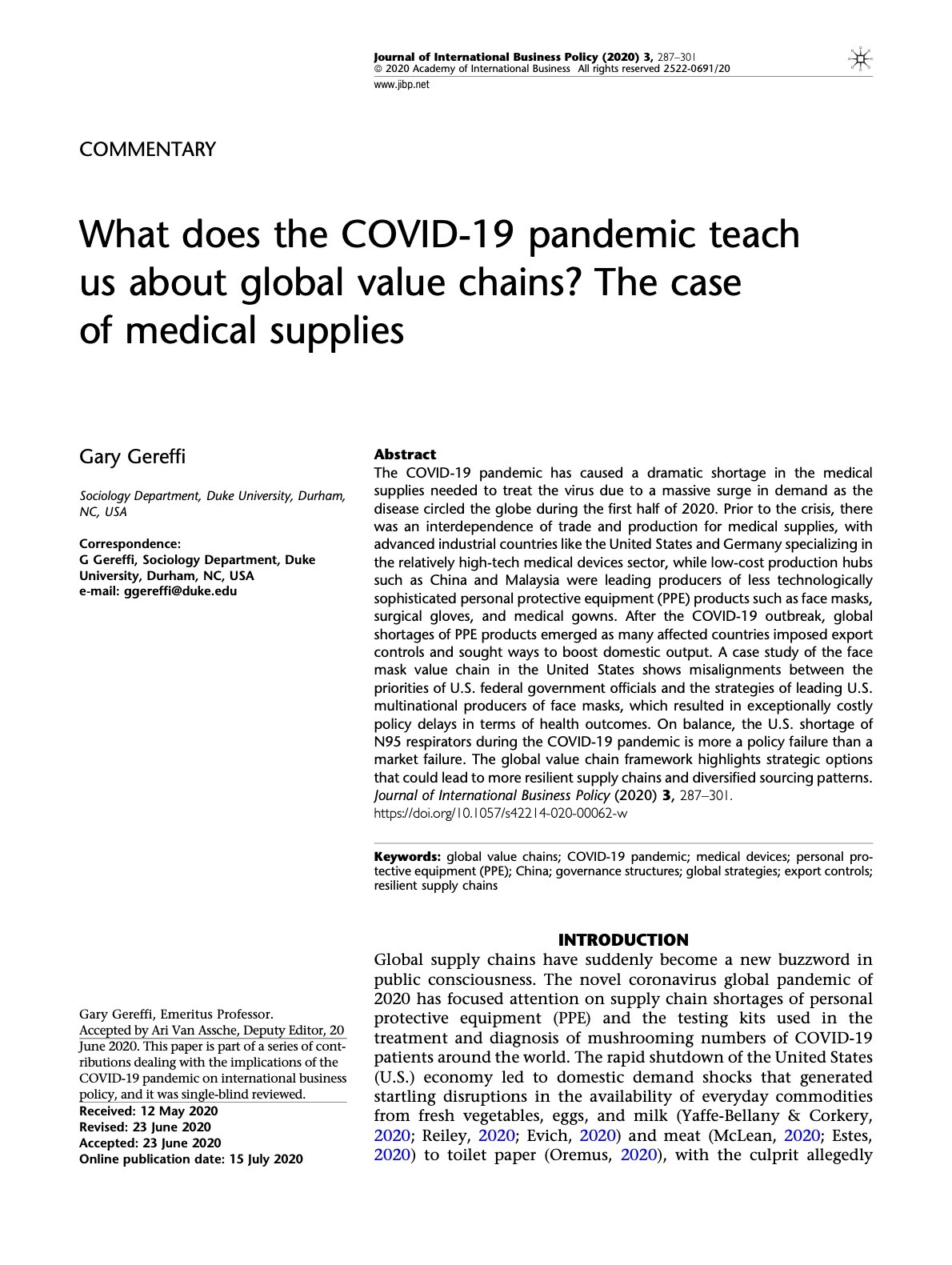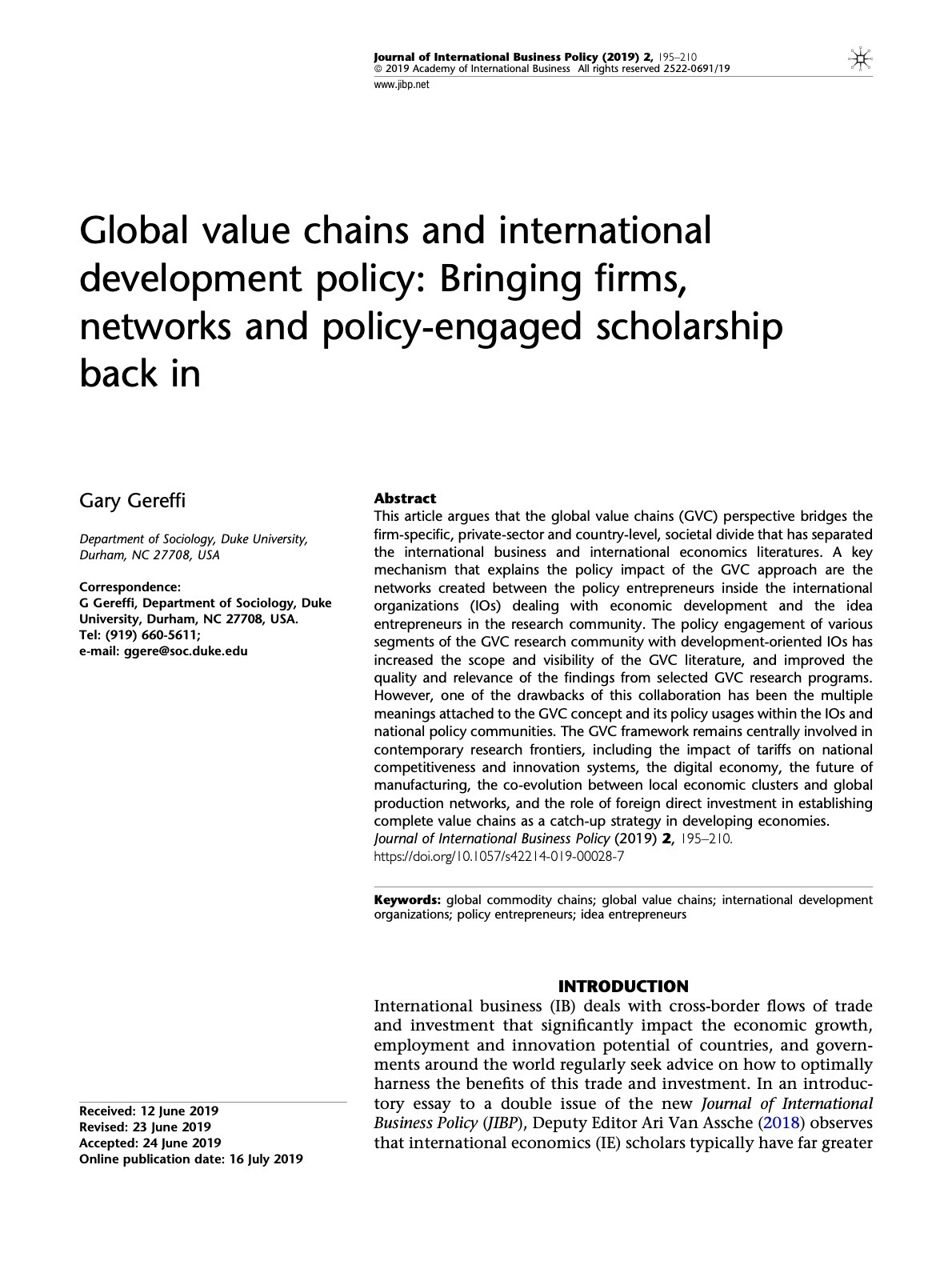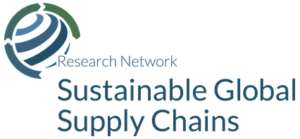︎

Gary Gereffi
Duke University
Gary Gereffi is an Emeritus Professor of Sociology at Duke University and the founding Director of the Duke Global Value Chains (GVC) Center. He received his B.A. degree from the University of Notre Dame and his M.A. and Ph.D. degrees from Yale University. Gereffi has published over a dozen books and numerous articles on the competitive strategies of global firms, the governance of global value chains, industrial upgrading in East Asia and Latin America, and the emerging global knowledge economy.
MORE ABOUT GARY GEREFFI >
Jan 1, 2020
Gary Gereffi
What does the COVID-19 pandemic teach us about global value chains? The case of medical supplies
The COVID-19 pandemic has caused a dramatic shortage in the medical supplies needed to treat the virus due to a massive surge in demand as the disease circled the globe during the first half of 2020. Prior to the crisis, there was an interdependence of trade and production for medical supplies, with...

Jan 1, 2019
Stefano Ponte, Gary Gereffi, Gale Raj-Reichert
Handbook on Global Value Chains
Global value chains (GVCs) are a key feature of the global economy in the 21st century. They show how international investment and trade create cross-border production networks that link countries, firms and workers around the globe. This Handbook describes how GVCs arise and vary across industries ...

Jan 1, 2019
Gary Gereffi
Global value chains and international development policy: Bringing firms, networks and policy-engaged scholarship back in
This article argues that the global value chains (GVC) perspective bridges the firm-specific, private-sector and country-level, societal divide that has separated the international business and international economics literatures. A key mechanism that explains the policy impact of the GVC approach a...

